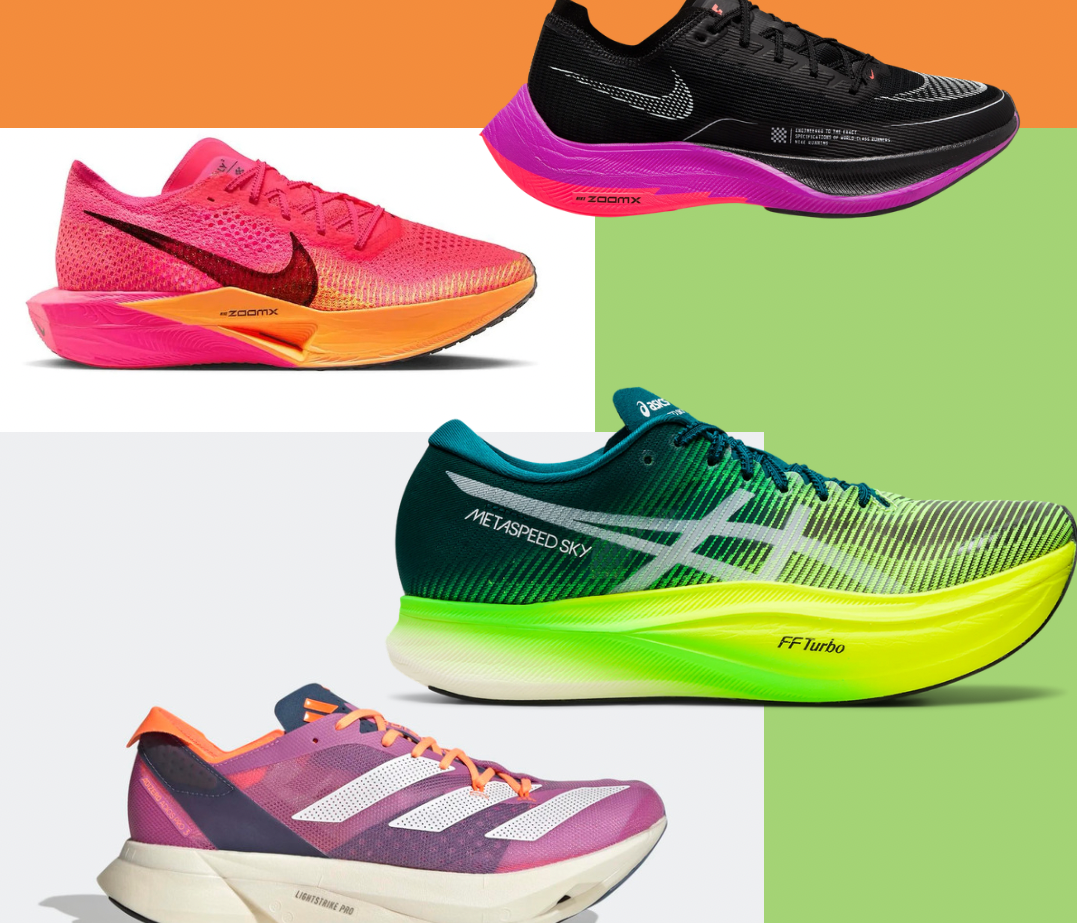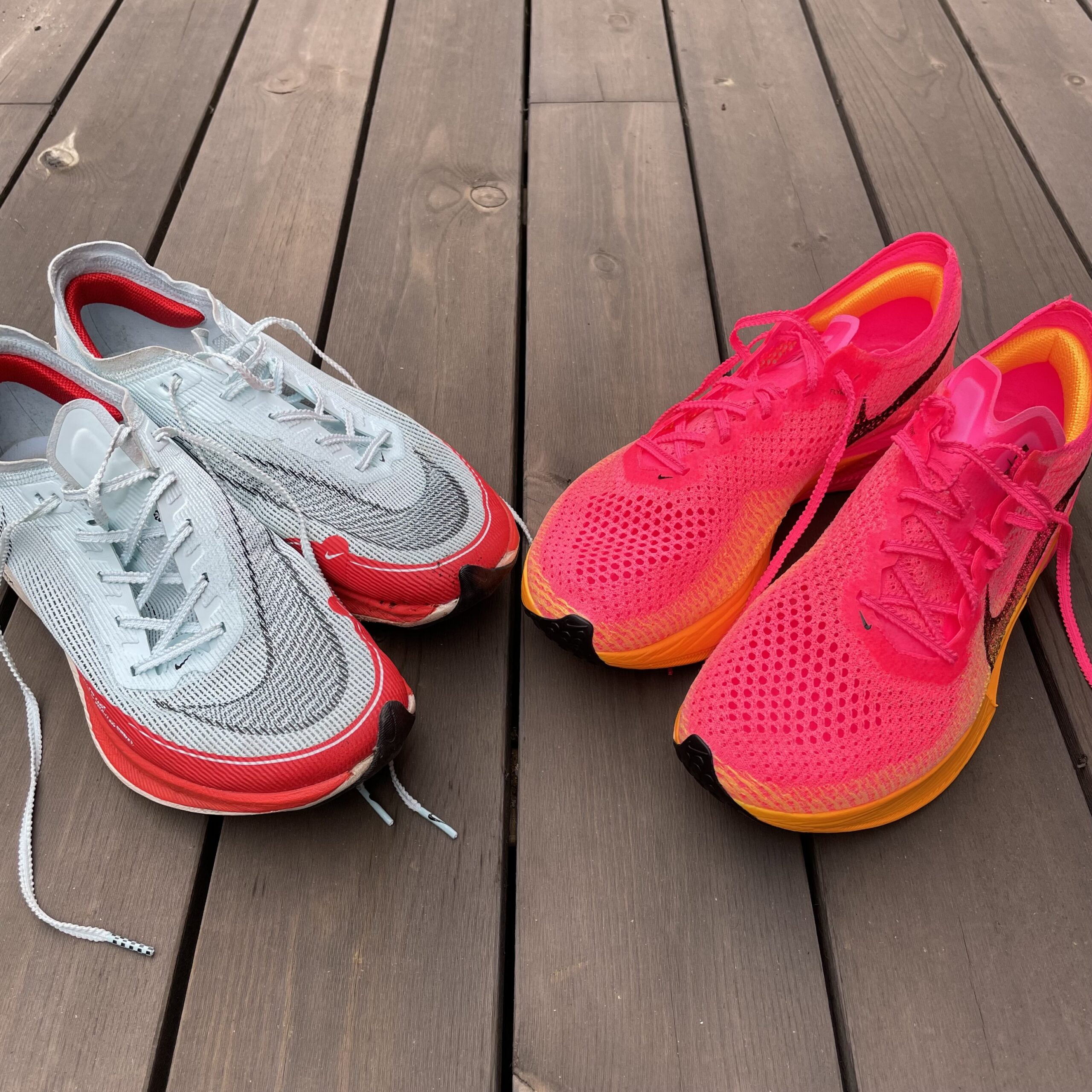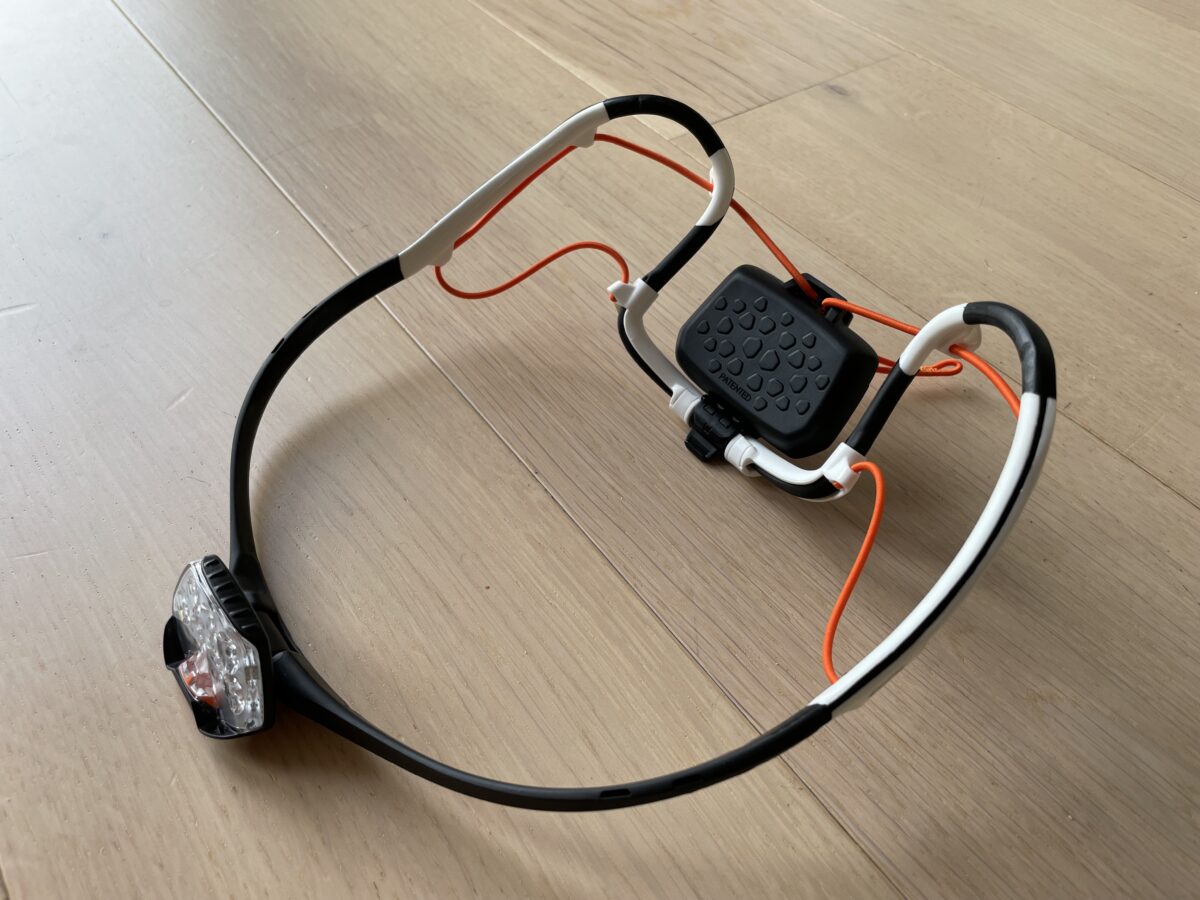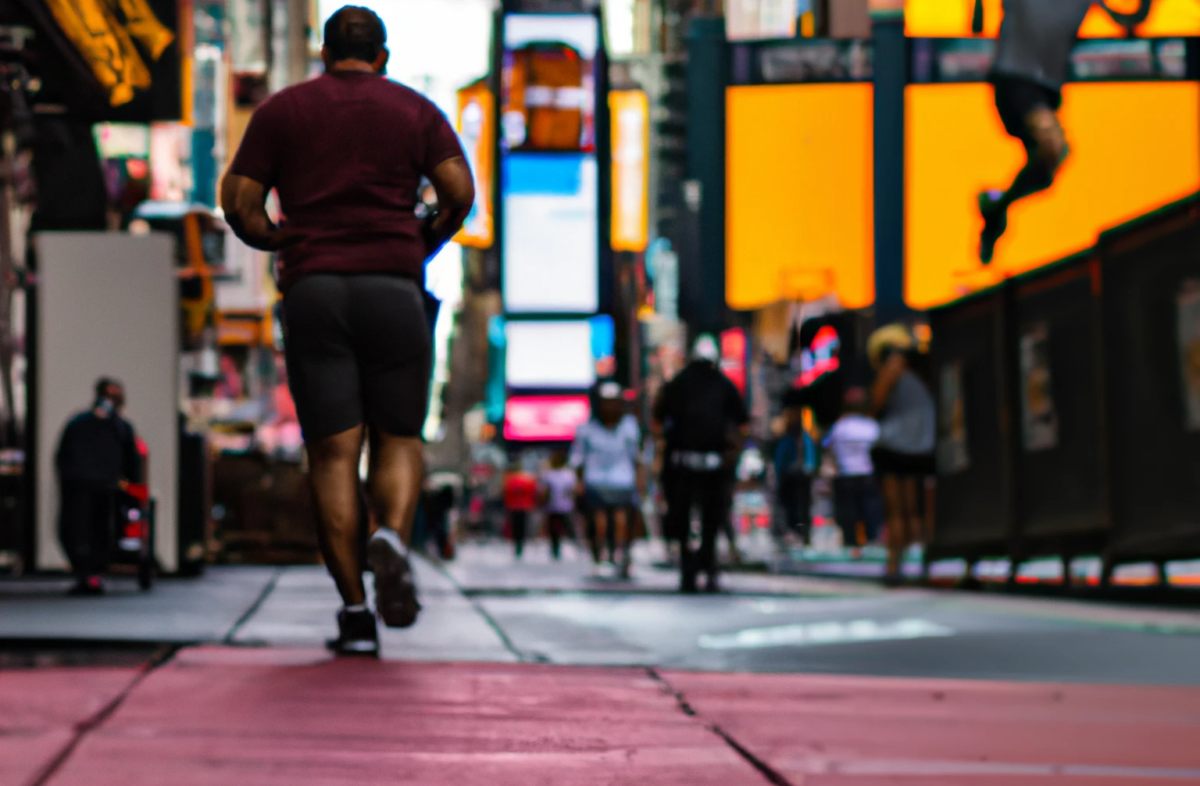New here?
Don’t get lost, check our intro guide.
Run161 exists to help people improve their lives through running. If you’re new around here, use our intro guide to find the content that’s interesting to you.
Articles
Explore the extensive archives.
The archives are filled with a breadth of articles to help you nail your next run. Whether you want to learn training theory, or find the perfect gear.
Resources
Tools to help you with your running.
Planning your next run, and your next year of running is easier with the right tools. From pace calculators to full fledged training plans, it’s all here.
Newsletter
A weekly reminder that running is awesome.
A light-hearted weekly digest of the best, funniest, and most inspiring running content from around the web. And memes. Every single week.
Latest Articles
-
What is ground contact time in running, and why should you care about it? Learn all about the metric in this extensive article.
-
The Petzl Iko Core is a lightweight and comfortable headlamp. In this review I share my experiences and verdict on this headlamp.
-
Runners often tend to focus on stride length or cadence when trying to tighten up their form. An often overlooked factor worth consideration is ground contact time balance–or, in many cases, imbalance.





